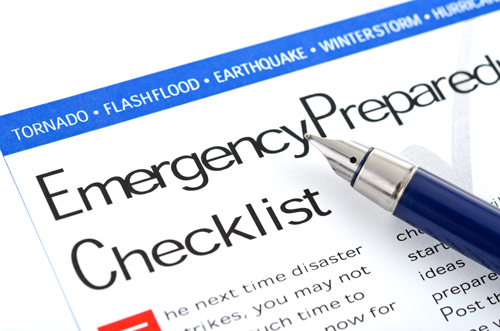Eight Guidelines to Consider When Building an Emergency Communication Plan for Your Organization
Emergency Planning Steps
- Recruit the appropriate people and form a designated team.
- Brainstorm the types of emergencies that could happen.
- Look at each of the constituent groups and what they might need during an emergency.
- Inventory the physical systems to provide service and communication during a crisis.
- Can they provide the right information to your stakeholders in a timely manner?
- Are they scalable to support the number of alerts you need to send without crashing?
- Do they help your organization efficiently manage communication, saving time and effort during emergencies?
- Do your current technologies and procedures provide an efficient way to manage simultaneous notifications across single and multiple sites (if necessary)?
- Do you have the ability to alert people located on and off premise (if necessary)?
- Can you simultaneously activate notifications containing information targeted to different groups of people?
- Invest in additional systems, as necessary.
- Assess the training level of your staff.
- Run through a sample of the crisis scenarios as a group to test your planned response.
- Do a physical test of one or more critical emergencies.
- Did we follow the plan?
- If not, why did we deviate? Was it a failure in following procedure, or do we need to alter procedure?
- Were enough team members trained to provide physical and emotional support (e.g., enough CPR-certified staff in each location, enough trained staff people in each location with notification activation permissions and ready to respond, and enough IT support)?
- Did our physical resources meet our needs (e.g., emergency and first aid kits, IT backups, preformatted closure signs, communication infrastructure)?
- Do we need further training from any of our system vendors, management, or local emergency responders to optimize and align emergency procedures with our tools and resources?
- How often should we conduct tests, and how many staff members should we include? For example, schools and financial institutions encourage all staff members to participate in periodic simulations.
- Syn-Apps LLC:
- FEMA Emergency Response Plan Guidelines:
- NFPA Codes & Standards:
- OSHA’s Appropriate Test Standards (useful for planning a physical crisis test):
- OSHA’s Emergency Preparedness and Response resources:
- FCC Emergency Communications Information for Consumers (good resource about publicly available alerts):
- NWS Email and SMA Weather Alert Services (resource listing weather alerts):
- Emergency Preparedness Resources for Persons with Disabilities (resources you may need to be in compliance with ADA requirements and provide good service to stakeholders with disabilities):


